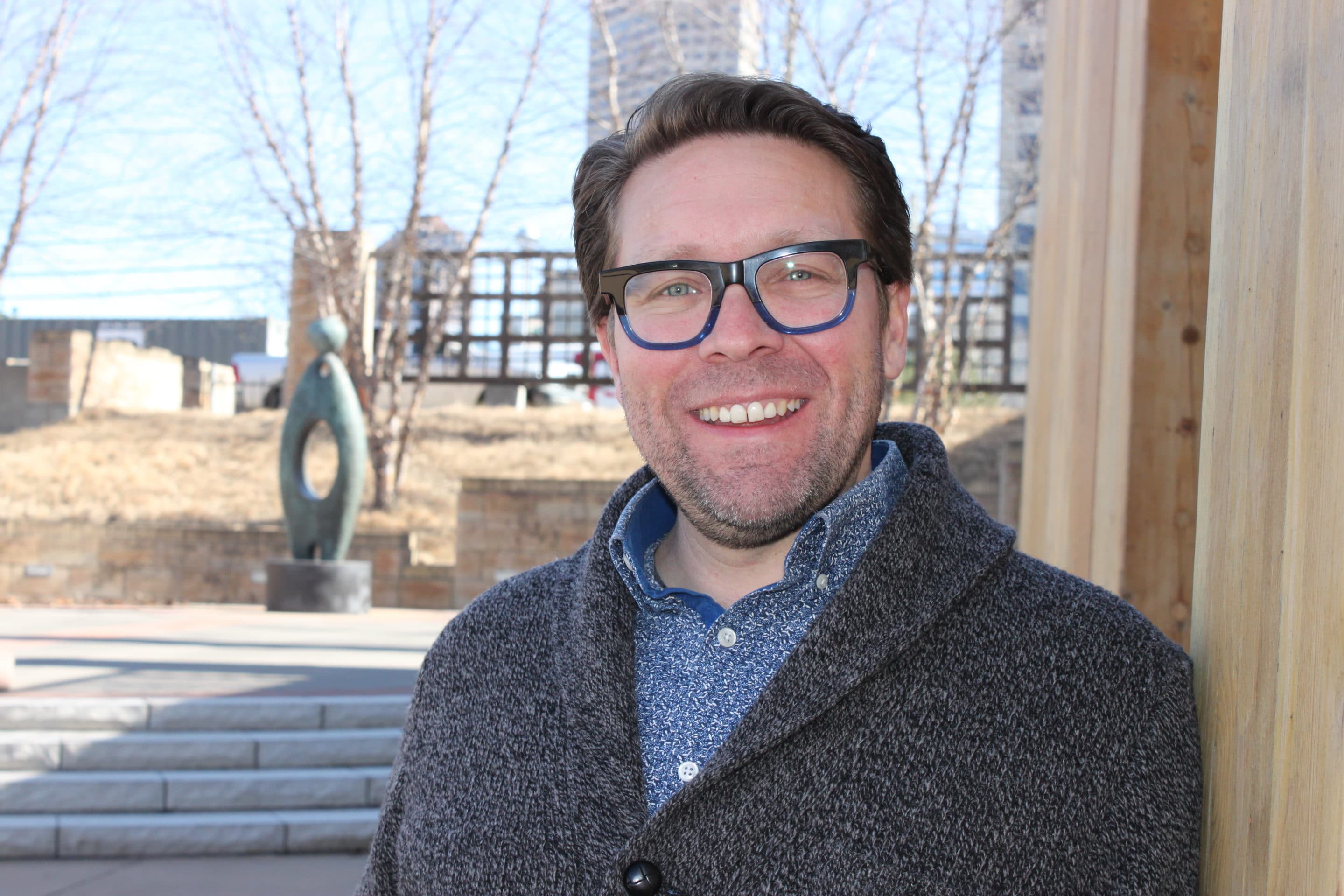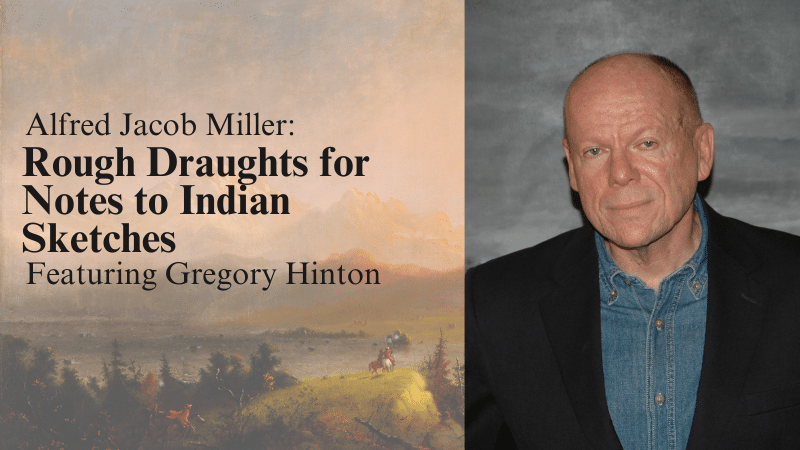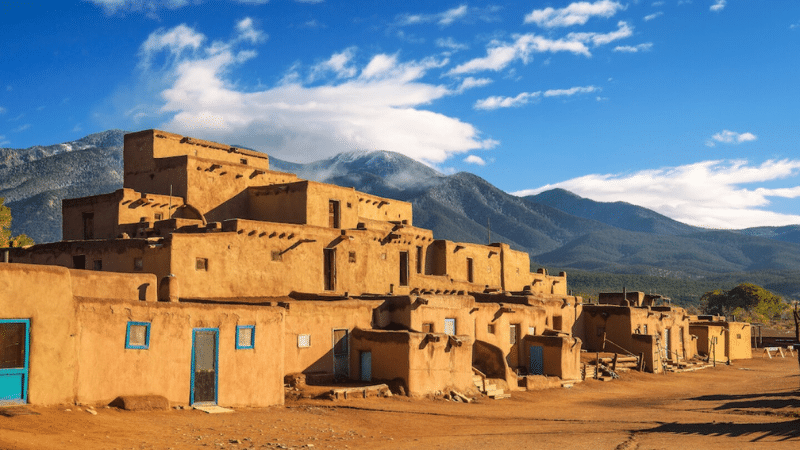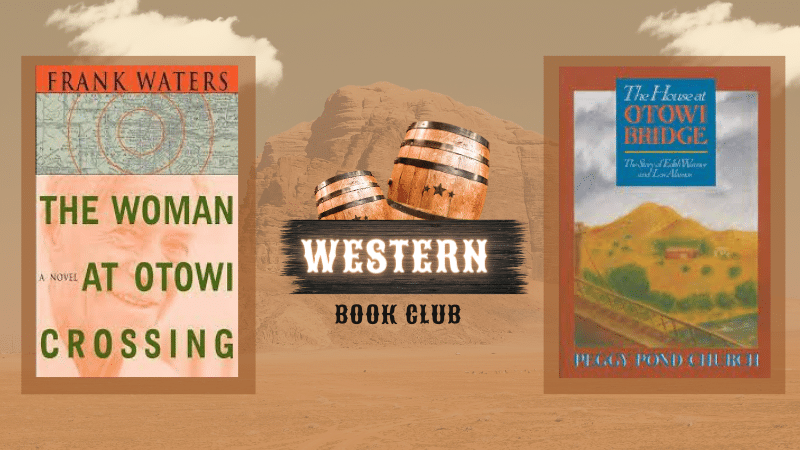Hear how Scott Shoemaker, Ph.D., celebrates Indigenous Peoples’ Day
On the second Monday of every October, I celebrate Indigenous Peoples Day. As an Indigenous person of this place, whose ancestors have been here since time immemorial, I celebrate their resilience so that I can be here today and say “niila myaamia, mihtohseenia”, “I am Miami, a human being.” I celebrate the continued existence, persistence, and resistance of the Indigenous peoples of this hemisphere despite over five hundred years of the occupation and ongoing colonization to seize lands and resources, physically erase and remove Indigenous peoples from those lands and one another, and remove and suppress knowledge and culture from Indigenous peoples. I celebrate the diversity and beauty of our languages, stories, arts, and cultures.

Scott Shoemaker, Ph.D. (Miami Tribe of Oklahoma)
Just over two hundred years ago, in 1818, my ancestor Mihtohseenia was among other Miami and Delaware leaders who signed the Treaty of St. Mary’s with the United States. We agreed to cede a vast amount of our homelands to the United States. This large swath of land encompassed territory claimed by the United States as part of the State of Indiana, including the lands upon which the Eiteljorg Museum now sits. I often ponder the extremely difficult decisions that he and our nation made in the face of extreme pressure to cede our ancient homelands to the United States. The Miami Nation signed our first treaty with the United States in 1795 and the continuous desire for us to cede our homelands did not end until the Treaty of 1840, which called for our removal.
The forty-five year period of treaty making was a time of rapid adaptation for Miami people in many ways. We sought ways to remain home on tiny islands of our homeland as neighbors to the rapid influx of settlers who quickly surrounded and felled forests, drained wetlands, and plowed prairies for agriculture symbolic of the “progress” of the United States. Regardless of the accommodations we continuously made to live as neighbors, these were never enough. Our continued presence in our homelands posed an obstacle to the idea of American progress. Our tribal leaders worked hard to stave off removal until 1846.
This time of year is also the anniversary of that forced removal of the Miami people. This event tore the Miami people from our ancestral lands and from one another. Beginning on October 6, 1846, over three hundred Miami people were forced onto canal boats near Peru, Indiana. Almost the same amount were able to obtain special exemptions to remain behind, including my ancestors, the descendants of Mihtohseenia.
This year, Indigenous People’s Day is observed on October 11. I can’t help but think that on that date, my Miami relatives who were removed had been traveling aboard canal boats for nearly one week from Peru to northwest Ohio and finally to Cincinnati, Ohio. On this day, they had just arrived in Cincinnati about to embark upon a steamship that would take them down the Ohio River, up the Mississippi and Missouri Rivers to near Kansas City, far away from their homes and their Miami relatives who had the privilege to remain on tiny parcels of our homelands. After arriving near Kansas City, those who had survived were marched overland to the new Miami Reservation in eastern Kansas, arriving in early November. Over the course of that journey at least seven died and two babies were born. Having to endure the winter upon arrival in a completely new and unfamiliar place, several more died. For those of us who stayed behind, there were constant efforts by the state and local governments to erase us as “Indians” and the legal status of those tiny islands of our homelands that remained. This history continues to impact the Miami people today.
Despite this history that sought to remove and erase us, the Miami people are very much alive and thriving. We have a long way to go in the process of healing from the past, but there have been some amazing accomplishments in that journey. Indigenous People’s Day to me is both a time to reflect upon this history and to celebrate that we have been resilient despite this painful history. Today we are a vibrant, diverse people who have worked hard over the past thirty years to revitalize our language to make it once again a part of our daily and community life. This revitalization has led us in new directions to not only heal from the past, but look forward to and imagine a greater future for our grandchildren. This is just one story among thousands of unique stories in every Indigenous community throughout this hemisphere.
For my Indigenous relatives, today, I join you in celebrating. I ask our non-Indigenous relatives to join in this celebration as well, but also ask that you seek out ways to support your Indigenous relatives. More and more of the public in the United States are becoming aware of the history of the founding and development of this country at the expense of Native peoples. In the past few years, many organizations and institutions have started the practice of a “Land Acknowledgement” to begin meetings and issuing a statement on behalf of the organization or institution to recognize the original peoples of the land where an event or organization is located. While I do appreciate this effort, I see this as the just the beginning. With this acknowledgement by settler colonial settler society comes the more important acknowledgement of their responsibilities to those lands, to the original peoples of those lands, and to those Indigenous peoples who have been displaced to those lands. Today, let’s celebrate and support Indigenous Peoples!
kweehsitoolakoki (I show my respect to you all),
Scott Shoemaker, Ph.D. (Miami Tribe of Oklahoma)









